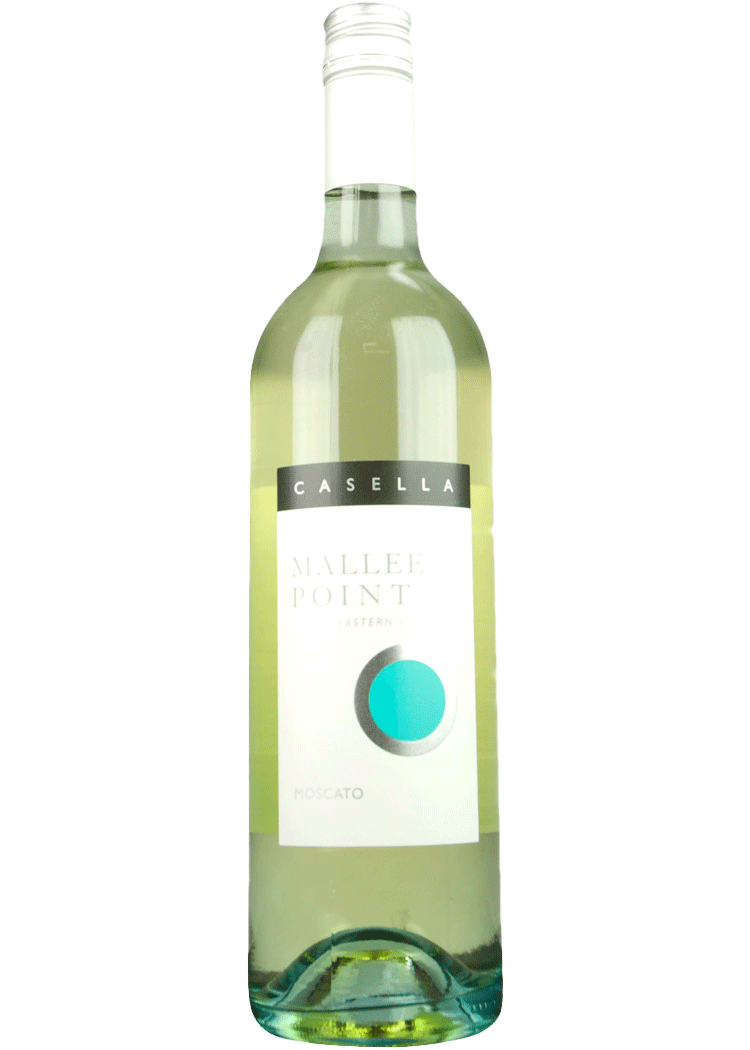tap to enlarge
Mallee Point Moscato
750ml
$9.99
+CRV
Mix 6 for $8.99 each
*Price, vintage and availability may vary by store.
*Price, vintage and availability may vary by store.
Product Highlights
Wine Spectator-South Eastern Australia, Australia- "Light, sweet and frivolous, this crackling wine shows hints of spice and flowers around the ripe pear and lychee flavors. Refreshing." This wine would be an excellent match with poultry, salads, fruit, and light cheeses.
TropicalMelon
Product Details
OVERVIEW
Geography
The success of Australian wines means Australia is consistently one of the world’s largest exporters of wine. Consumers increasingly turn to Australian wines for both easy-drinking, everyday wines and ageworthy, world-class wines.
English seafarers delivered the first vines to Australia in 1788, and within a few decades were exporting thousands of gallons of wine back home. Settlers learned that conditions on the New World continent varied from tropical in the north to desert in the central regions, making grape-growing impossible in much of the country. But vineyards would thrive in the coastal areas and river valleys of the states of Western Australia, South Australia, Victoria and New South Wales. Today more than 100 different grape varietals are planted there.
Because of their position in the Southern Hemisphere, the more than 60 recognized Australian wine regions benefit from generous sunshine, low humidity and little rainfall throughout the year. Their bountiful harvests typically take place six months before harvests in the Northern Hemisphere.
Australia, like the United States, follows the New World tradition of categorizing wines by grape variety. Australia’s top five varietals are Shiraz (known as Syrah to much of the world), Cabernet Sauvignon, Merlot, Chardonnay and Semillon.
Shiraz is the best-known and most widely planted varietal for Australian red wine. Rich, full-bodied and potent when grown in warm climes, Australian Shiraz may be showcased on its own or blended with Cabernet Sauvignon or Merlot.
Chardonnay is the predominant Australian white wine. The quintessential oaky New World style is produced here, as is, increasingly, a more crisp and balanced Chardonnay, grown in the country’s cooler zones.
Australian winemakers also produce sparkling wines in a range of styles, from classic blends of Champagne varietals to a unique, off-dry sparkling Shiraz. Excellent sweet and fortified desert wines are also produced throughout Australian wine country.
As in most other wine-producing countries, the narrower and more prestigious the geographical appellation declared on an Australian wine label, the more distinctive the wine. By law, if an Australian wine claims to be from a specific appellation, at least 85 percent of the wine’s grapes must have been grown there. As a result, many of Australia’s value-oriented wines carry the broad South Eastern Australia appellation, which encompasses five states and covers nearly 95 percent of Australia’s vineyards. Producers often use the South Eastern Australia designation when they strive to create a consistent house style by blending grapes from different regions.
Varietal / Type
The Muscat family includes numerous grape varieties that range from white to nearly black and make many deliciously sweet or dry, fruity and mostly unoaked wines around the world.
